The iOS platform attracts an advanced, sophisticated, and demanding user base. The user base demands transcend the ordinary. Well, it is pretty clear that the developers in the iOS ecosystem need to be equipped with solid tools that can handle evolving demands and satisfy the curiosity of each customer.
To cater to these rising needs, two prominent players stand out namely, Swift and Flutter. However, choosing between the two Flutter Vs. Swift is a constant dilemma. To shed light on this decision, we will compare various technical factors and determine which one comes out on top.
Whether you are an experienced iOS developer or someone venturing into iOS app development, stay tuned for valuable insights that will assist you in choosing the right tool for your iOS projects.
The need for the discussion:
The world’s dependency on mobile devices has reached unprecedented levels. From mundane calculations to complicated enterprise operations, people now use mobile applications for their daily needs. The undeniable significance of this trend is further confirmed by the stunning projections provided by Statista. According to their reports, the global app market is expected to surge to a staggering $755.5 billion by the year 2027. This exponential growth serves as an assurance of the immense opportunities that lie ahead for cross-platform applications to flourish and evolve.
However, amidst this sea of possibilities, one crucial decision holds power to transform your app development journey: the choice between Flutter and Swift. Selecting the right framework has the potential to work wonders for your project. So let’s begin our discussion on Flutter Vs. Swift comparison.
What is Flutter?
Flutter is a unique cross-platform framework created by Google. The framework empowers developers to create eye-catching UI and seamless user experiences across various platforms.
The applications built using Flutter can run over a variety of frameworks including iOS, Android, and web. Flutter uses Dart as a programming language which is quite easy to learn and implement.
What is Swift?
Swift is Apple’s favorite programming language. The programming language provides a robust and efficient ecosystem using which iOS developers can create reliable and lightning-fast applications.
Swift’s intuitive syntax and powerful capabilities allow developers to utilize the full potential of the programming language and develop tailor-specific user experiences. Swift is a highly secure and interoperable programming language developed by Apple.
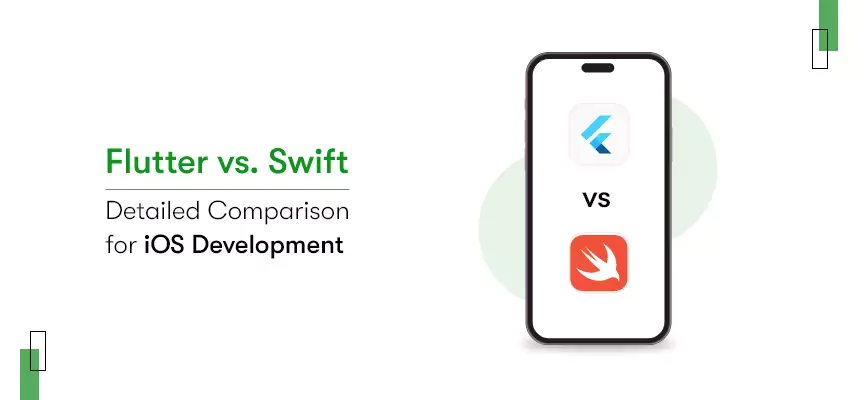
Both of these, namely Flutter and Swift stand out in their merits, so let’s dig deeper.
Development Speed:
Should we go by the name and declare a winner here? 😀 Kidding. But yeah, Swift is more user-friendly and easy to learn. The easy learning curve directly implies a quicker time-to-market. This, in turn, translates to a quicker time-to-market for iOS applications. Swift’s Xcode command line further enhances development efficiency by facilitating the calculation of Swift Native iOS development time, streamlining the overall process.
On the other hand, Flutter possesses its own set of strengths. While it may not be as fast as Swift, Flutter allows developers to write a single codebase that can be deployed across multiple platforms. Also, the hot reload function facilitates developers to view changes in real-time, which means less time is wasted in the back-and-forth reviewing of changes. The rapid iteration facilitated by hot reload contributes to a shorter time-to-market for Flutter applications, although it may be slower in comparison to Swift’s efficiency.
Performance:
Application performance is an important parameter to consider while differentiating Swift Vs. Flutter. Swift being a native-programming language no doubt has an edge over Flutter. It empowers developers to build faster and more reliable iOS applications by utilizing optimized code and leveraging rich APIs.
Swift’s native nature allows for seamless integration with the iOS ecosystem, resulting in efficient performance and access to native iOS features. Additionally, Swift offers automatic reference counting, enabling developers to effectively manage memory utilization and optimize performance.
But, Flutter’s performance is no less. It aces the game when it comes to cross-platform application development. Flutter employs a layered architecture that contributes to enhanced performance. Flutter is renowned for its ability to deliver smooth animations and transitions, providing users with visually pleasing and engaging experiences. The framework’s utilization of an Ahead of Time (AOT) compiler further expedites performance, optimizing the execution of code and reducing runtime overhead.
While Swift possesses the advantage of being native to iOS, Flutter’s performance achievements in the cross-platform realm should not be overlooked.
Accessibility:
Just like we have mentioned above, iOS users are demanding. Catering to the demanding nature of users is paramount for entrepreneurs aiming to leave a lasting impression.
A memorable user experience is essential for building a loyal user base. For this to happen, you need to ensure that the application is accessible to its users. Swift, with its UIKit framework, offers built-in accessibility features that empower developers to create accessible user interfaces.
These features enable developers to ensure that each UI element is accessible to users with different needs. By leveraging these accessibility features, developers can enhance the usability and inclusivity of their iOS applications, making them accessible to a broader audience.
However, the same is not the case with Flutter. Flutter, as per its documentation, does not provide in-built accessibility features. Instead, it suggests utilizing the iOS Xcode’s accessibility inspector tool to address accessibility concerns. However, it is worth noting that Flutter’s support for accessibility identifiers has encountered some challenges in accessing them effectively.
Well, we can say Swift’s built-in accessibility features provide a clear advantage.

Integration and Development:
Swift and Flutter both of these frameworks have their side of winning when it comes to integration and development. Flutter, in particular, boasts a rich ecosystem of plugins and packages that can be seamlessly integrated into applications.
This extensive library of resources empowers developers to leverage pre-built functionalities, saving time and effort during the development process. Flutter’s plugin ecosystem covers a wide range of functionalities, ranging from UI enhancements to third-party integrations, allowing developers to rapidly extend the capabilities of their apps.
On the other hand, Swift provides developers with access to a comprehensive set of system APIs and frameworks. These native tools and resources enable developers to tap into the full potential of the iOS platform.
Swift’s integration with system APIs ensures deep integration with iOS features, providing a solid foundation for developing robust and feature-rich iOS applications. With Swift, developers have direct access to the latest iOS advancements and can leverage them to create innovative and fruitful apps.
But only a seasoned Flutter developer can help you do a good job. If you are confused about where to hire Flutter developers and how to hire Flutter developers, leave that worry to us. Contact us will help you with both these problems.
Application size:
Here we could definitely declare Flutter as a suitable choice. Indeed, when it comes to compactness and cost-effectiveness, Flutter emerges as a favorable choice. Flutter’s framework allows developers to build applications that are remarkably compact in size.
This is made possible through features like tree shaking and code splitting, which enable developers to selectively include only the necessary code components, resulting in reduced application size. By minimizing the footprint of the application, Flutter facilitates efficient storage utilization and optimized performance.
On the other hand, Swift, as a native language for iOS development, also offers advantages in terms of application size and efficiency. Swift’s code compilation process, along with features like whole-module optimization and link-time optimization, contributes to enhanced performance and reduced application size.
Documentation:
Flutter, backed by Google, benefits from a strong community that actively contributes to its growth and development. This strong community support ensures that developers have access to a wealth of resources, including libraries, plugins, and tutorials, making it easier to find solutions and guidance for any queries or issues that may arise during development.
Flutter’s well-written documentation serves as a valuable reference, providing clear explanations and examples for developers to leverage.
Similarly, Swift also provides developers with comprehensive and interactive documentation. This documentation serves as a valuable resource for developers, offering detailed explanations of language features, APIs, and best practices.
Swift allows developers to experiment with code snippets and observe results in real-time. Developers can check code effectively before integrating them into the application.
This clearly shows that both of these frameworks have cut-throat competition when it comes to decision-making.
On-boarding process:
Well, looking at the learning curve and availability of online resources, Swift has the upper hand in this case. Swift offers a relatively seamless onboarding process, primarily requiring a macOS machine and Xcode for configuration. With Xcode’s integrated development environment, developers can quickly set up their Swift development environment and start coding.
Additionally, Swift benefits from being the native language for iOS development, which means there is a wealth of online resources, tutorials, and documentation available to help developers in learning and troubleshooting.
On the other hand, Flutter’s onboarding process is more complex and time-consuming. While Xcode is still required for Flutter development, additional Flutter-specific tools and configurations also need to be set up. This extra setup can make the initial onboarding process for Flutter development more challenging, especially for developers who are new to the Flutter ecosystem.
Development cost:
Both of these frameworks being open-source make the app development cost quite affordable. The open-source nature allows developers to access and utilize the frameworks without incurring licensing costs, making the development process more affordable.
Also, the single-code base functionality aids in reducing the total cost of Flutter app development. The single code can be deployed across multiple platforms as per the choice. This eliminates the need for writing separate codes for each platform, and hence lesser iOS app development cost.
However, if we compare Swift Vs. Flutter head to head, Swift focuses on developing iOS applications only and not cross-platform apps which might increase the price of app development. If your project requires targeting multiple platforms, you need to resort to separate Android resources which can potentially increase the app development cost.
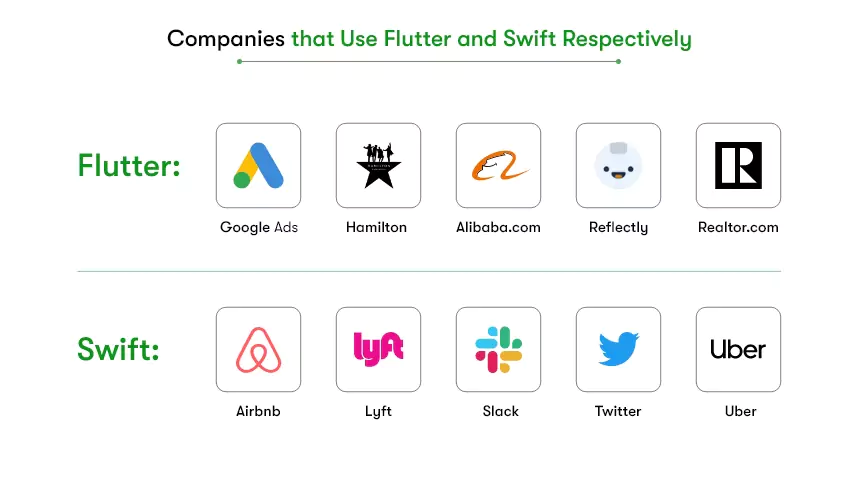
Companies that use Flutter and Swift respectively:
Both Flutter and Swift cater to the needs of different industries and have been adopted by prominent companies based on their specific requirements. Let’s take a closer look at some notable examples of companies that have chosen Flutter and Swift for their app development needs.
Flutter is used by GoogleAds, Hamilton, Alibaba.com, Reflectly, and Realtor.com. These big names realized the capabilities of Flutter to build dynamic and visually appealing applications.
And Swift is used by companies like Airbnb, Lyft, Slack, Twitter, and Uber. Just like Flutter, Swift also helps in developing innovative and user-centric applications. The native capabilities and optimized performance of Swift is well appreciated.
Use cases:
Having explored the features and capabilities of Swift and Flutter, let’s now delve into their best use-case scenarios based on their strengths.
Swift is mainly used to develop high-functioning iOS apps. It imposes its limitations on Android apps. Swift is particularly suitable for projects that require complex architecture and take advantage of native iOS features. If your focus is on developing robust, feature-rich iOS applications with advanced functionalities, Swift is an excellent choice.
On the other hand, Flutter’s performance and cross-platform capabilities make it ideal for different use cases. Flutter’s fast and efficient rendering engine enables the development of visually appealing and responsive user interfaces. It is well-suited for developing Minimum Viable Products (MVPs) or prototypes, allowing you to quickly validate your app idea and gather user feedback.

Conclusion
Here comes the end to the hot topic of discussion. It’s important to emphasize that the choice between these frameworks ultimately depends on your project’s unique requirements and objectives. We have provided an overview of the features, strengths, and best use cases for both Swift and Flutter. However, it is crucial to consider your project’s specific needs and consult with experts before making a final decision.
At Kody Technolab, we strive to provide personalized guidance and support to our clients, ensuring that they make informed decisions and achieve successful outcomes. Our expertise in Swift and Flutter development allows us to navigate the intricacies of each framework and assist you in choosing the most appropriate solution for your specific needs.



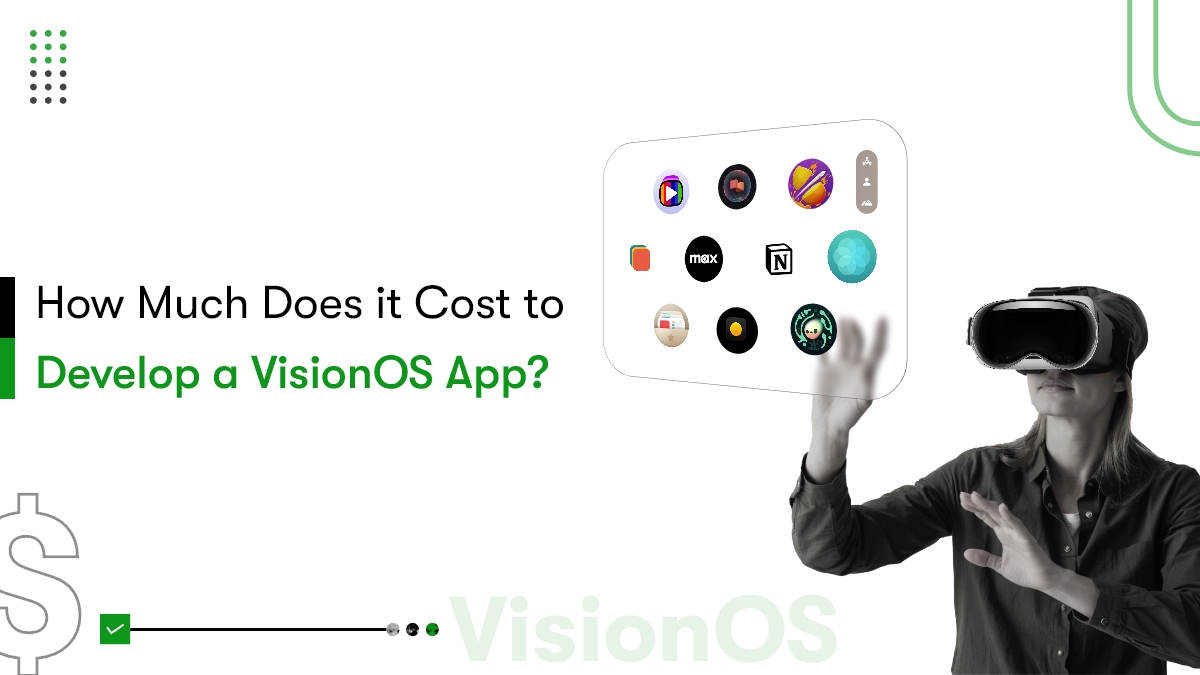
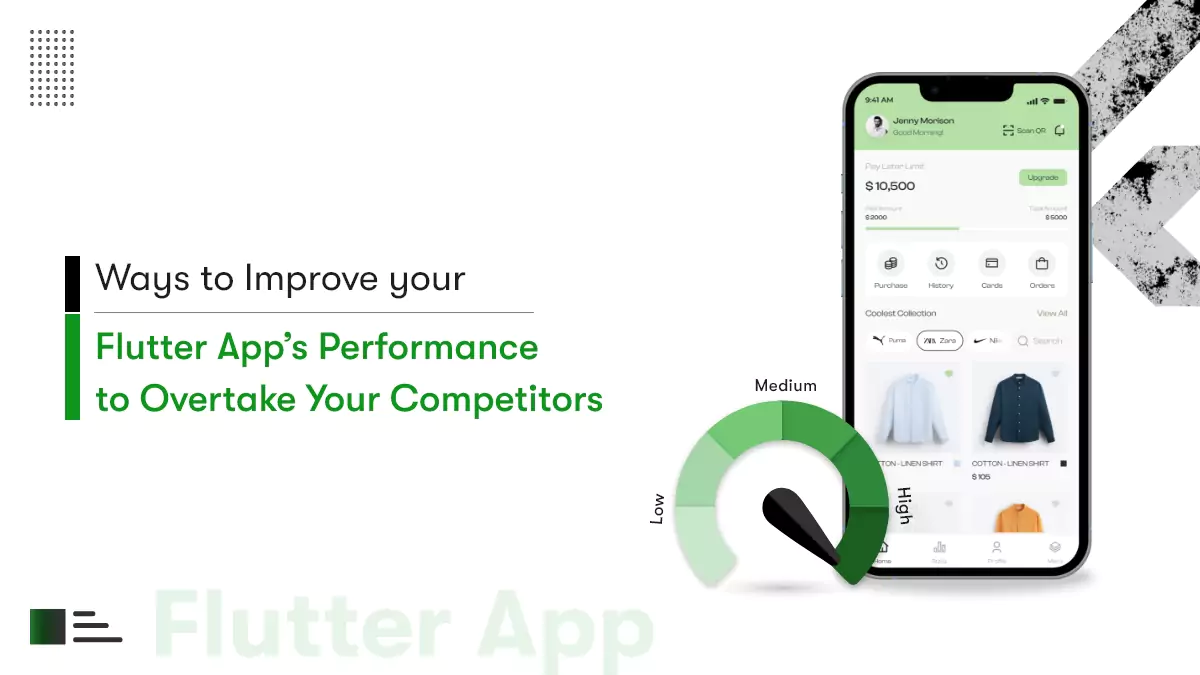
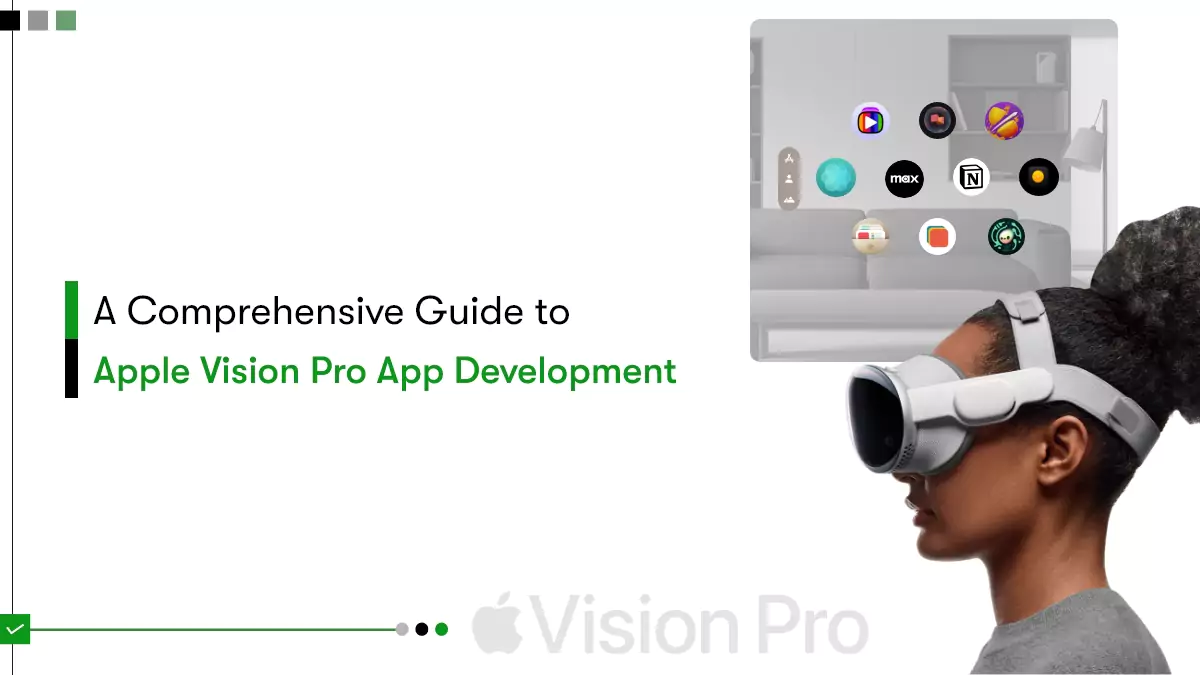






 Contact Information
Contact Information